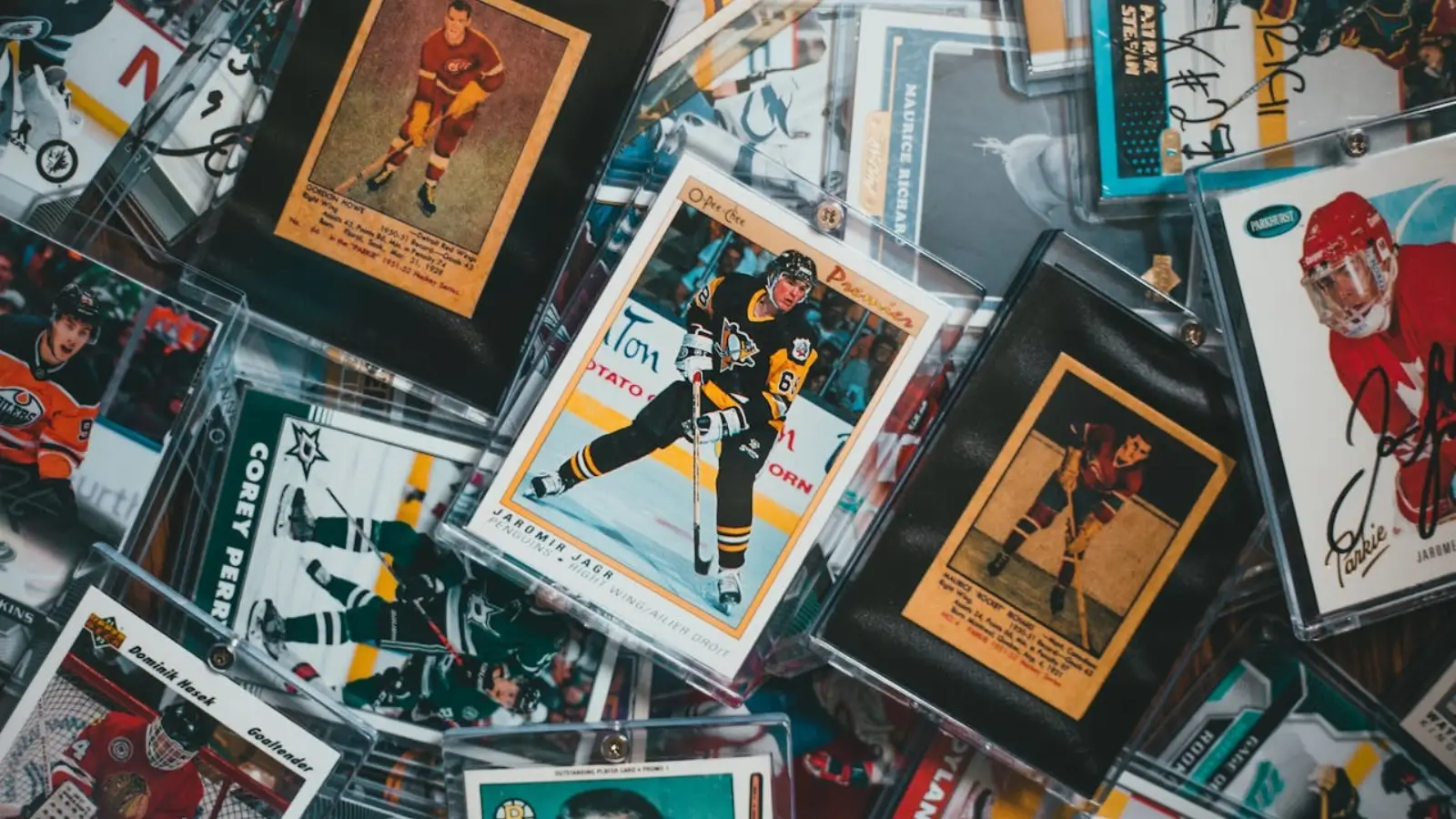


From signed photographs and rare trading cards to vintage sneakers and film props, collectibles represent far more than physical objects. They embody stories, cultural milestones, and personal memories that bridge generations. What truly gives a collectible its worth isn’t only its price tag — it’s the meaning it holds and the authenticity that supports it.
Every collector knows there’s a fine line between an item that’s simply nostalgic and one that’s genuinely valuable. A mass-produced novelty might stir a smile, but a carefully authenticated piece — something tied to a defining cultural moment — carries enduring significance.
Take, for example, an autographed picture of a beloved performer or athlete. Its real value lies not just in the ink or the image, but in the verified proof of authenticity and the story behind when and where it was signed. Collectors aren’t just buying the item — they’re investing in a fragment of history, preserved and validated with care.
True collectibles are thoughtfully sourced, well-documented, and maintained with precision. They’re not random keepsakes; they’re curated artifacts that capture emotion and meaning in a tangible form.
The most successful collectors are more than buyers — they’re historians, researchers, and storytellers. They look beyond surface appeal to uncover what makes a piece unique. Provenance — the documented history of ownership and origin — is often the deciding factor between a standard item and a legacy-worthy one.
Passion drives this world. Serious collectors aren’t guided solely by potential resale value; they pursue items that resonate with their interests and beliefs. Over time, those personal choices often end up defining new trends and raising the market value of entire categories.
As the collectibles industry evolves, so does the way people find and authenticate items. Digital marketplaces and online auctions have made rare pieces more accessible — but they’ve also made verification more crucial than ever. Trustworthy platforms, certified experts, and transparent documentation should always be the foundation of any purchase.
For new collectors, starting small and asking questions builds confidence. For seasoned ones, continued vigilance and professional partnerships help safeguard collections as markets shift. Regardless of experience, one principle remains universal: authenticity is everything.
At its core, collecting is an act of preservation. It’s about capturing a piece of history, honoring the craftsmanship behind it, and keeping stories alive for future generations. While markets fluctuate, the emotional and cultural weight of a well-chosen collectible never fades.
The best collections aren’t defined by quantity or cost. They’re defined by care, intention, and the stories that make each piece worth remembering.